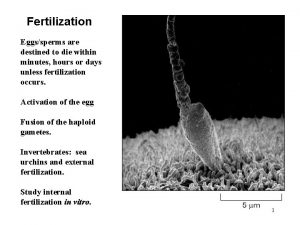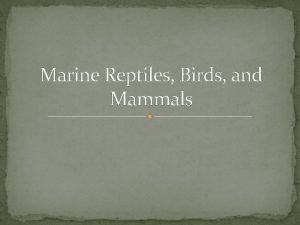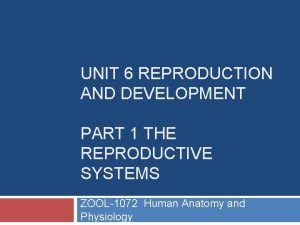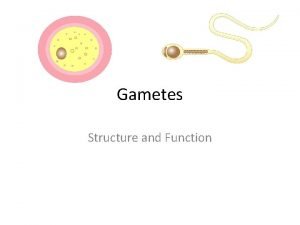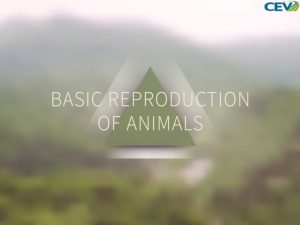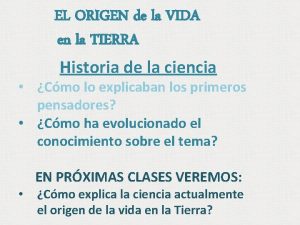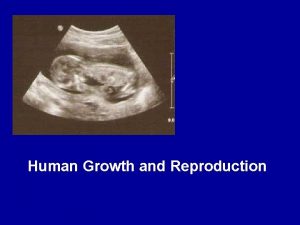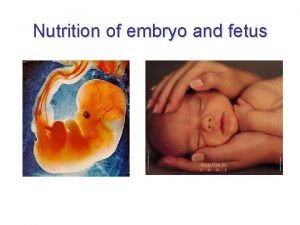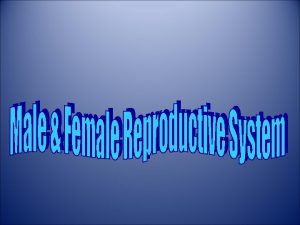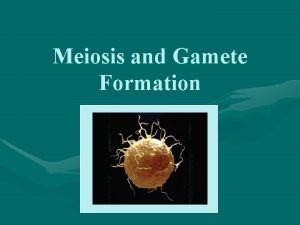Gametes Structure and Function Human Ovum Human Sperm








- Slides: 8

Gametes Structure and Function

Human Ovum

Human Sperm

How are they adapted? Ova Sperm • Large cell • Cytoplasm contains large amounts of protein and lipid food reserves • Surrounding egg jelly like coating called zona pellucida • Releases chemicals after a sperm fuses with membrane • Cannot move independently • Chemicals released • Smaller cell • Sperm has a long tail • Has large numbers of mitochondria present • Has an acrosome in the head which contains digestive enzymes

How are they adapted? Ova USE? • Large cell • Cytoplasm contains large amounts of protein and lipid food reserves • Surrounding egg jelly like coating called zona pellucida • Releases chemicals after a sperm fuses with membrane • Cannot move independently • Chemicals released Contains sufficient resources for early development of embryo Thickens and prevents any further sperm entering egg • Wafted by cilia lining oviduct so directed where to move • To attract sperm

Uses of adaptations Sperm USE? • Smaller cell • Sperm has a long tail • Has large numbers of mitochondria present • Has an acrosome in the head which contains digestive enzymes • Move quickly, take sup less space • To enable it to move through cervix and uterus • To provide energy for tail • Breaks down the zona pellucida

Differences between sperm and ova • The ovum is much larger than the sperm – the ovum cytoplasm contains protein and lipid food reserves for the early development of the embryo; the small sperm can move easily. • The ovum has jelly-like coating; the sperm has no such coating – the ovum coating thickens after the first sperm penetrates, preventing entry of other sperm. • The sperm has a tail; the ovum has no tail – this allows the sperm to move through the cervix and uterus to reach the ovum in the Fallopian tube. • Sperm have an acrosome (a specialised lysosome); ova do not – this allows sperm to release digestive enzymes which break down the jelly-like coating of the ovum enabling the sperm to penetrate it. •

Fertilisation http: //www. snabonline. com/Content/Topic. Resources/Topic 3/Activities/Inter actives/3_3/topic_3_3. html
